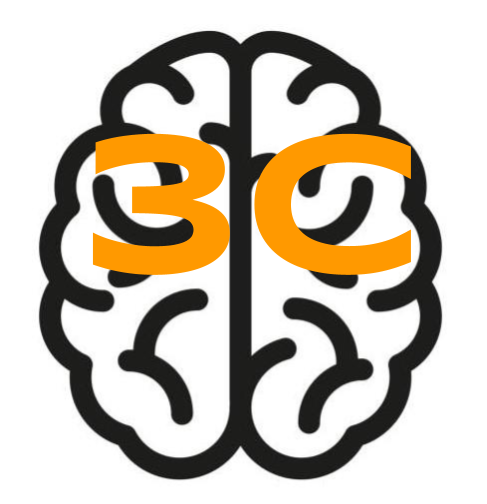
This is an open-source software platform for the development, administration, and interpretation of in-person and remote behavioural and cognitive assessments. The goal of this platform is two-fold. First is to democratize access and use of up-to-date cognitive and behavioral evaluations that are supported by demographically appropriate normative data. Second, is to leverage the power of computing to enhance and expand measures collected from cognitive assessments beyond what is traditionally available from paper and pencil administration. The open-source nature of this project makes it a decentralized platform for the development, translation, and validation of cognitive assessments.
This sophisticated software platform incorporates AI-generated speech, speech recognition, touch screen, and survey technologies. AI-generated speech facilitates the presentation of verbal stimuli in multiple languages and accents. Speech Recognition in multiple languages allows for assessments that require spoken responses. Touch screen technology facilitates the use of drawing tasks. Survey delivery incorporates questionnaires and cognitive tasks into the same platform facilitating data integration.
Everything about this platform is configurable. This allows for the design of one’s own battery of tasks or delivery of assessments in an ad-hoc manner. Tasks may be individually tailored to your needs and delivered in multiple languages. Currently, English and French are available.
The modes of administration include fully remote browser-based assessments, in-person clinic-based screening, or office-based in-depth evaluations. While the software platform is browser-based, it may be administered offline when or where the internet is not available. In addition to providing testing capabilities, there is a clinical evaluation interface. This allows in-depth review of results, clinical annotations, audio recordings, and video screen captures.
The intended applications include cognitive research, the development of demographically appropriate cognitive batteries, and the development of normative databases specific to people and cultures of interest. Remote assessments allow for telemedicine, and the evaluation interface allows for clinical review and interpretation of results. The use of remote cognitive assessment also provides the means for monitoring older adults while they are in their homes, living independently. The structure of the software platform revolves around a “central executive” providing high-level decision-making for the platform. The central executive serves as a hub to decide on the tests to administer. This approach, combined with completely configurable tools has many advantages. The central executive allows for choice of language of administration, screens participants for eligibility, loads the appropriate battery of tasks for administration, calculates overall scores across multiple individual tests, and serves as a platform for higher level decision making based on results. The use of this decision-making hub facilitates code reusability, enhancing robustness and the ease of incorporating future developments.
One vision of this project is to serve as a platform for clinicians to identify appropriate cognitive assessments that are sensitive to their patient’s needs. The platform’s reconfigurability provides straightforward and streamlined approaches for development, deployment, refinement, and, ultimately, normative data collection for assessments. The end result is a suite of cognitive assessments tailored and normed to specific populations. This ensures that when a clinician makes a decision, it is based on assessments that are sensitive to their patient population.
Another vision of this platform is to serve as a collaborative platform to revolutionize cognitive assessments by integrating cutting-edge technology with the foundations of cognitive neuropsychology. This vision includes leveraging the open-source nature of the work to expand the currently available assessments and questionnaires. Current ideas and immediate future directions include technologies such as pupillometry, eye tracking, mouse tracking, image recognition, and matching an individual’s needs to available services.
Currently, the software platform includes the following Assessments and Questionnaires.
Links to the software in Demonstration mode are available here:
